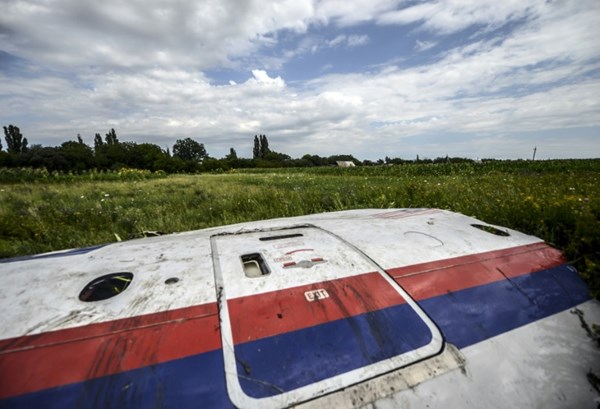MH17 trial: Two Buk missile systems were sent from Russia to Ukraine
During the first court hearing in the Netherlands in the case of the MH17 air crash in the Donbas, the prosecution stated that at least two Buk anti-aircraft missile systems were sent to Ukraine from Russia in 2014, but one of them broke down on the way, BBC Russian Service reports.
In 2018, analysts from the Bellingcat investigative group stated that the delivery of the Buk, which was used to shoot down the Malaysian Boeing, was overseen by Oleg Ivannikov, an officer of the Russian GRU (The Main Directorate of the General Staff of the Russian Armed Forces).
However, at the court session, prosecutors said that Buk, which was transported to Ukraine by Ivannikov, did not actually reach the so-called Donetsk People’s Republic (DPR). Another Buk air defense system was used to down the airliner.
According to prosecutors, the crash of MH17 is the result of a criminal act, as the Russian Buk was not supposed to be in Ukraine.
The court, prosecutors said, would not consider whether Ukraine should have closed its airspace over the Donbas. "Whatever the answer to this question is, it does not absolve those responsible for launching a missile on a civilian aircraft from responsibility," prosecutors stated.
The trial of 4 persons suspected of downing the MH17 Boeing started in the Netherlands on Monday, March 9.
On July 17, 2014, a Malaysia Airlines Boeing 777 flying from Amsterdam to Kuala Lumpur was shot down near the city of Shakhtarsk in Ukraine’s Donetsk region. All crew members and passengers were killed, a total of 298 people, including 80 children.
At a press conference in The Hague in May 2018, nearly four years later, the JIT presented fragments of the missile used to shoot down the plane. The Buk system from which the missile was fired belonged to the 53rd anti-air missile brigade of the Russian Armed Forces, which is based in Kursk.
In June 2019, the JIT released the names of four suspects in the MH17 case: The three Russian citizens Sergey “Gloomy” Dubinsky, Oleg “Caliph” Pulatov and Igor “Strelkov” Girkin, and the Ukrainian citizen Leonid “Mole” Kharchenko. Former DPR militant Vladimir Tsemakh was later also declared a suspect, but Ukraine handed him over to Russia as part of a prisoner exchange.
The Security Service of Ukraine (SBU) announced that the defendants are suspected of committing “a terrorist act which lead to human deaths”.
After five years of investigation, the JIT has established the exact time and route taken by the Buk anti-air missile system from Russia to Ukraine and back, the time and place where the fatal missile was fired, and obtained information about more than 150 people who were involved in the transportation of the Buk.
